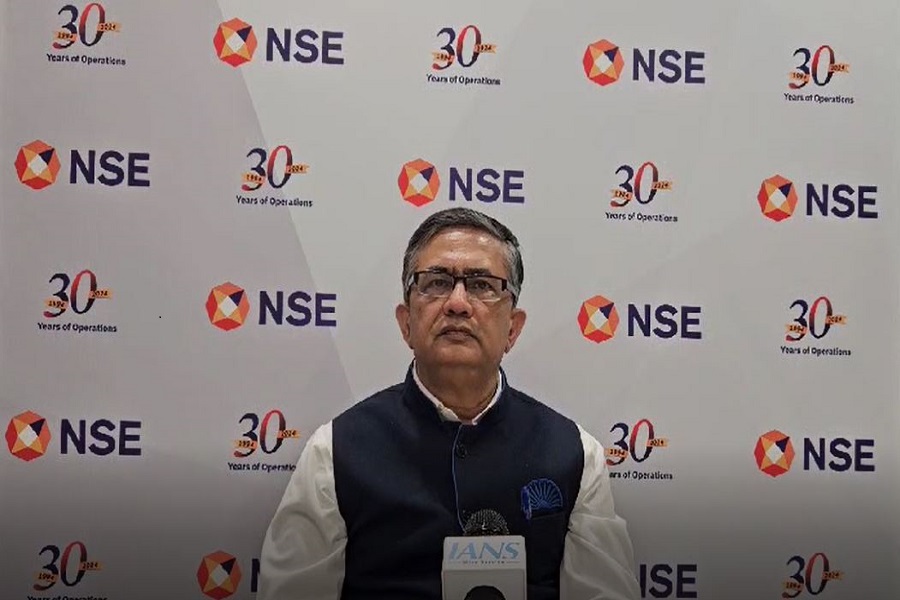Navigating Market Volatility: Wealth Preservation Strategies

Market volatility is an inherent part of investing, often causing fluctuations in the value of assets. From sudden market crashes to the slow but steady ebb and flow of stock prices, volatility can be unsettling. However, understanding how to preserve wealth during volatile times can make the difference between a successful long-term investment strategy and one that results in unnecessary losses. This article will explore effective wealth preservation strategies to help you navigate market volatility with confidence and keep your investments on track.
1. Diversification: Spreading Your Risk
One of the most effective strategies for mitigating market volatility is diversification. This involves spreading your investments across different asset classes—stocks, bonds, real estate, and commodities—so that a downturn in one area doesn’t significantly harm your overall portfolio.
A well-diversified portfolio ensures that you are not overly exposed to a single market or sector. For example, if the stock market is experiencing a downturn, other assets like bonds or real estate might remain stable or even appreciate, helping to cushion the impact of market swings.
2. Asset Allocation: Tailoring Your Portfolio to Your Risk Tolerance
Asset allocation is the process of distributing your investments among various asset categories according to your risk tolerance, time horizon, and financial goals. A balanced approach, considering both growth and preservation, is key.
During periods of volatility, adjusting your asset allocation to reflect a more conservative stance can help preserve wealth. For example, investors may choose to shift some of their equity investments into safer assets like government bonds or cash equivalents when the market is highly volatile.
3. Hedging: Protecting Against Downside Risk
Hedging is a strategy used to offset potential losses by taking an opposite position in a related asset. This can be done using options, futures contracts, or other financial instruments designed to reduce exposure to risk.
For example, buying put options on stocks or indexes can protect you from significant declines in the market. Hedging can be an excellent strategy for experienced investors who are familiar with risk management tools, but it’s important to remember that hedging strategies come with their own set of risks and costs.
4. Focus on Quality: Blue-Chip Stocks and Bonds
In times of uncertainty, focusing on high-quality, stable investments is crucial. Blue-chip stocks—shares of large, financially sound companies with a history of reliable performance—tend to be less volatile than smaller, growth-oriented stocks. Additionally, bonds from reputable governments or corporations can provide a steady stream of income and reduce portfolio risk during periods of market stress.
These high-quality investments are generally less susceptible to dramatic market fluctuations and offer a safer haven during turbulent times.
5. Maintaining Liquidity: Avoiding Forced Sales
Having a portion of your portfolio in liquid assets (those that can be quickly converted into cash) can be beneficial in volatile markets. Liquidity allows you to avoid forced sales of investments at a loss to cover short-term needs.
Keeping cash reserves or investing in liquid, low-risk assets like money market funds or short-term government bonds helps ensure that you can weather market volatility without having to sell investments prematurely.
6. Long-Term Perspective: Riding Out the Storm
One of the best ways to preserve wealth in volatile markets is to maintain a long-term investment perspective. Market fluctuations are natural, and while short-term volatility may cause anxiety, historically, markets tend to recover over time.
Investors with a long-term outlook tend to be less affected by market downturns because they understand that, with time, their investments will likely regain value. Staying disciplined, avoiding panic selling, and sticking to your long-term goals will help you preserve wealth during turbulent times.
7. Regular Portfolio Review and Rebalancing
Frequent market changes make it important to regularly review and rebalance your portfolio. Rebalancing involves adjusting your investment mix to ensure that it still aligns with your goals and risk tolerance. If certain assets have performed well and others haven’t, the allocation might become imbalanced, increasing the overall risk in your portfolio.
By rebalancing, you can lock in gains from strong-performing assets and shift capital to underperforming areas with potential for future growth. This also allows you to maintain a risk level you are comfortable with as market conditions change.
Conclusion
Navigating market volatility doesn’t have to be a daunting task. By applying these wealth preservation strategies—diversification, asset allocation, hedging, focusing on quality investments, maintaining liquidity, keeping a long-term perspective, and regularly reviewing your portfolio—you can safeguard your wealth and position yourself for financial success, regardless of market conditions.
























